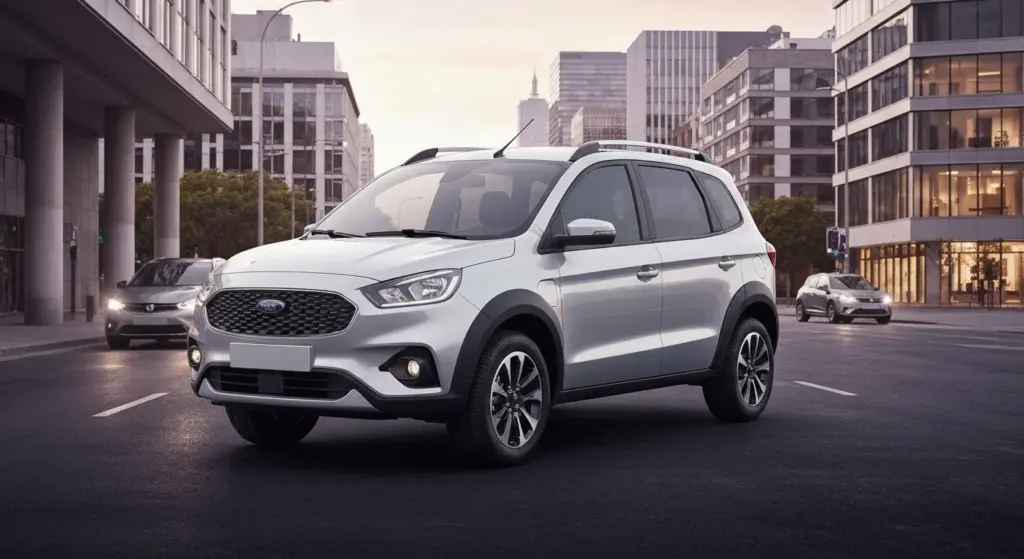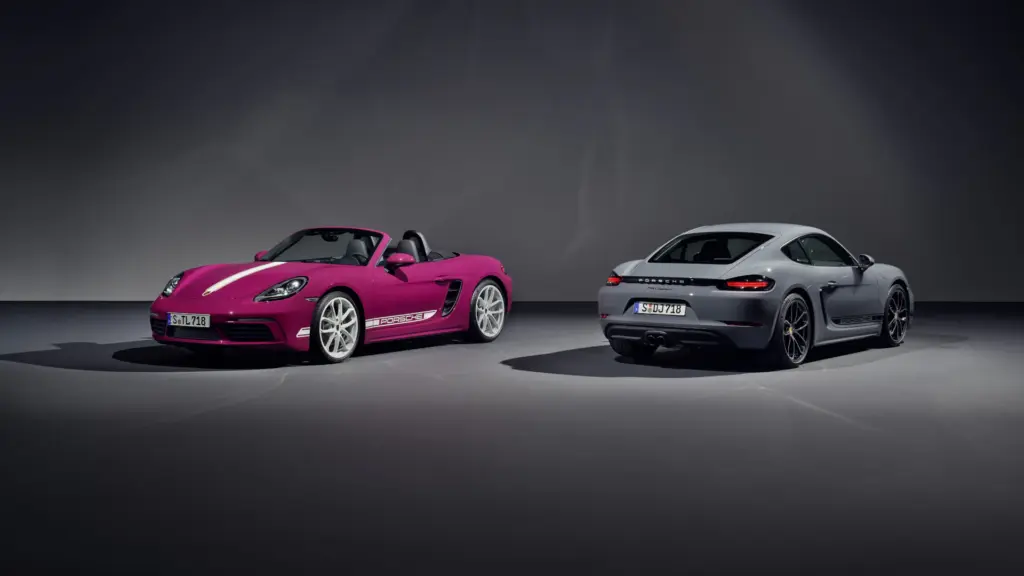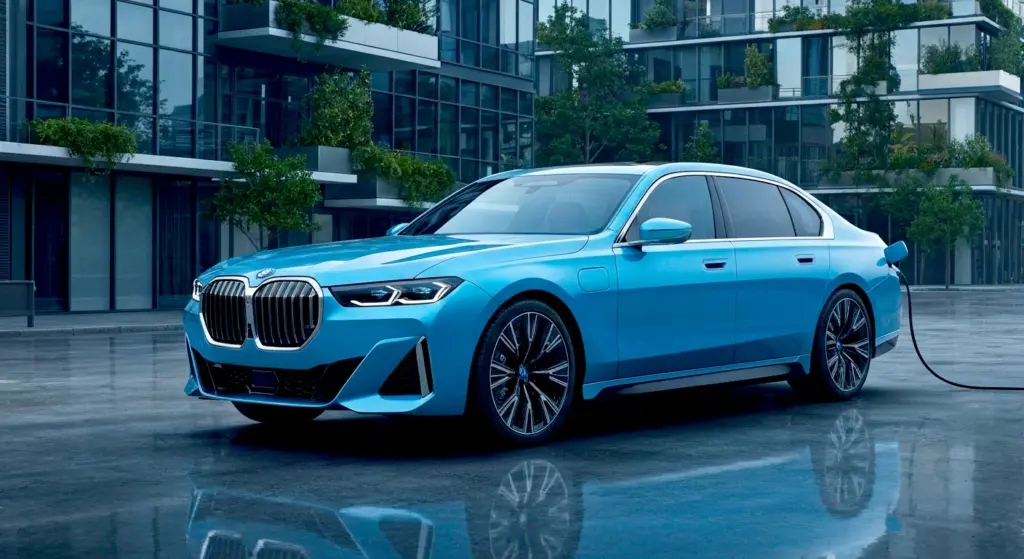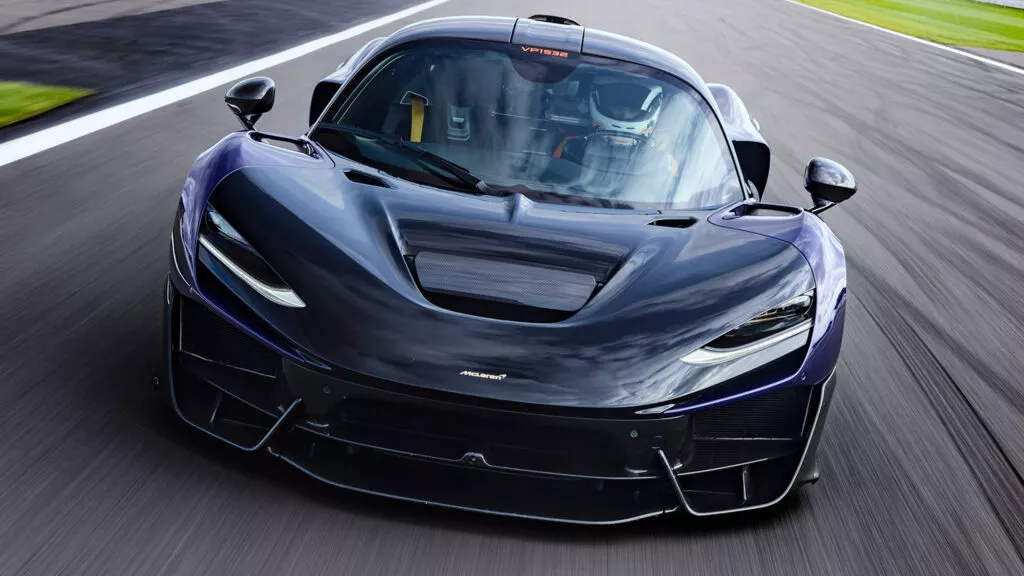Headlights have ceased to be just “to see” and have become a symbol of identity, efficiency, and safety. LEDs have won the technical battle against halogens, but their adoption was a business move just as important as the technological one. This straightforward guide explains why, how much it really costs, and which technology makes sense now.
Why did LED replace halogen in modern headlights?
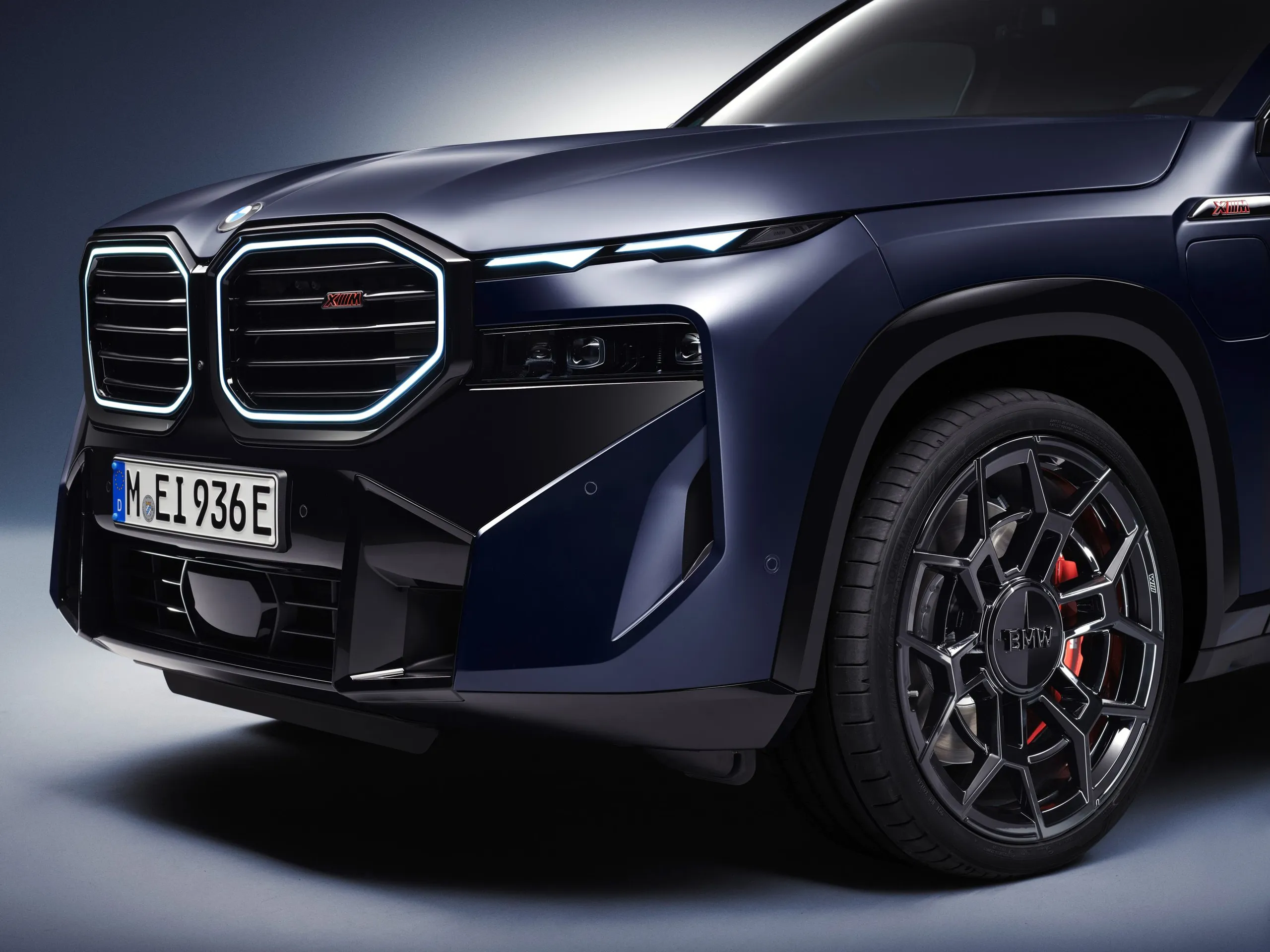
Efficiency rules. Halogen delivers approximately 22–33 lumens per watt (lm/W) and consumes 55–75 watts (W) per bulb; LED operates in the range of 50–100 lm/W, with 20–30 W per unit. The result: less electrical load, less heat, and more useful light. In terms of color temperature, LED works between 5,000–6,500 K (“daylight” light), improving contrast and obstacle perception. Lifespan? Halogen lasts 500–1,000 hours; LED, 20,000–50,000 hours. In electric vehicles, this efficiency translates into increased range.
Beam quality has also improved. LEDs enable compact projectors with crisp cutoff lines, greater reach (up to 2–3 times that of halogen setups), and less vibration because they are solid-state. This has allowed for precise optics and striking light signatures — as seen in advanced solutions like IQ.Light in modern sports cars. For practical examples, check out the technologies used in the Volkswagen Golf R 2025.
Key numbers: LED vs. halogen
- Efficiency: 50–100 vs. 22–33 lm/W
- Power consumption: 20–30 W vs. 55–75 W
- Lifespan: 20,000–50,000 hours vs. 500–1,000 hours
- Color temperature: 5,000–6,500 K vs. 3,200–3,400 K
- Vibration resistance: high vs. low
If LED is superior, why was mass adoption slow?
Cost and engineering. An LED headlight isn’t just “the diode”: it requires an electronic driver, thermal management (heatsinks/fans), sealing, and rigorous testing against vibration, moisture, and thermal variation. Brands took time to secure suppliers and reduce failures, while global scale lowered component prices.
Strategy played a big role. LEDs first became a differentiator in high-end models, creating perceived value and margins. As costs dropped, democratization became a competitive advantage. Today, even high-performance electric models treat lighting as a core part of the technological package — see the Audi RS e‑tron GT, often paired with Matrix LED and even laser high beams for auxiliary lighting.
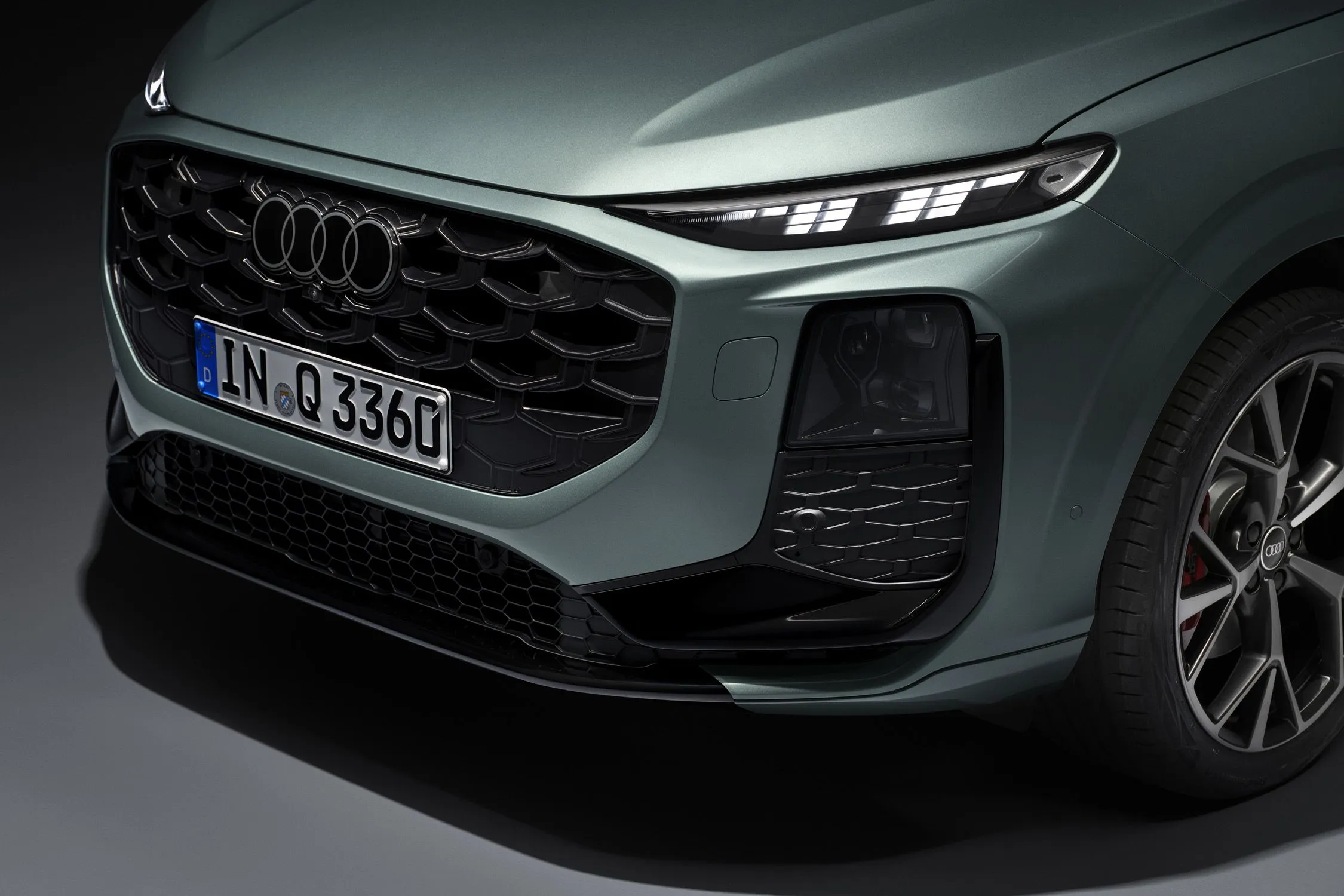
How does LED impact safety, maintenance, and user costs?
More light and better control increase side visibility and range. Instant ignition improves communication with other drivers. The warning: retrofitting “LED bulbs” in housings designed for halogens often causes glare because the reflector was calculated for a 360° filament. Global regulations require precise cutoff lines and focus — always use approved, certified kits.
Maintenance has shifted from “replace cheap bulb” to “replace sealed, expensive assembly if it fails.” The good news: most LEDs last for the entire lifespan of the vehicle. The risk: collisions or electronic failures can require replacement of the entire assembly, easily costing between $300 and $2,000 per unit in models with DRLs, projectors, and animations. Meanwhile, manufacturers are phasing out old functions: many new projects eliminate dedicated fog lights thanks to smarter optics, as evidenced by the recent decision of global brands — see why Volkswagen retired the fog lights on some models.
Practical trade-offs
- + Superior visibility and range
- + Lower power consumption and heat generation
- + Strong visual identity and active DRL
- – Glare issue in poor retrofit installations
- – High cost of sealed assemblies
Matrix, Laser, and OLED: which technology makes sense now?
Matrix LED (pixel/segment controlled) can individually control dozens or hundreds of LEDs to create dynamic “shadow zones.” You drive with high beams always on without dazzling others. Systems like Multibeam/Matrix have expanded to larger segments; see how performance sedans adopt such solutions, like the Mercedes‑AMG E53 HYBRID 4MATIC+.
Laser appears as an auxiliary high beam with a beam via phosphor, reaching up to approximately 600 meters, but it is expensive and restricted. OLED dominates rear lights: thin surfaces, animations, and perfect uniformity. The key concern: integration with sensors. Lights, cameras, and LiDAR share the “same optical stage,” and excessive power or focus issues can cause unintended effects — learn about the limits and risks of optical systems by reading how automotive LiDAR can affect smartphone cameras.
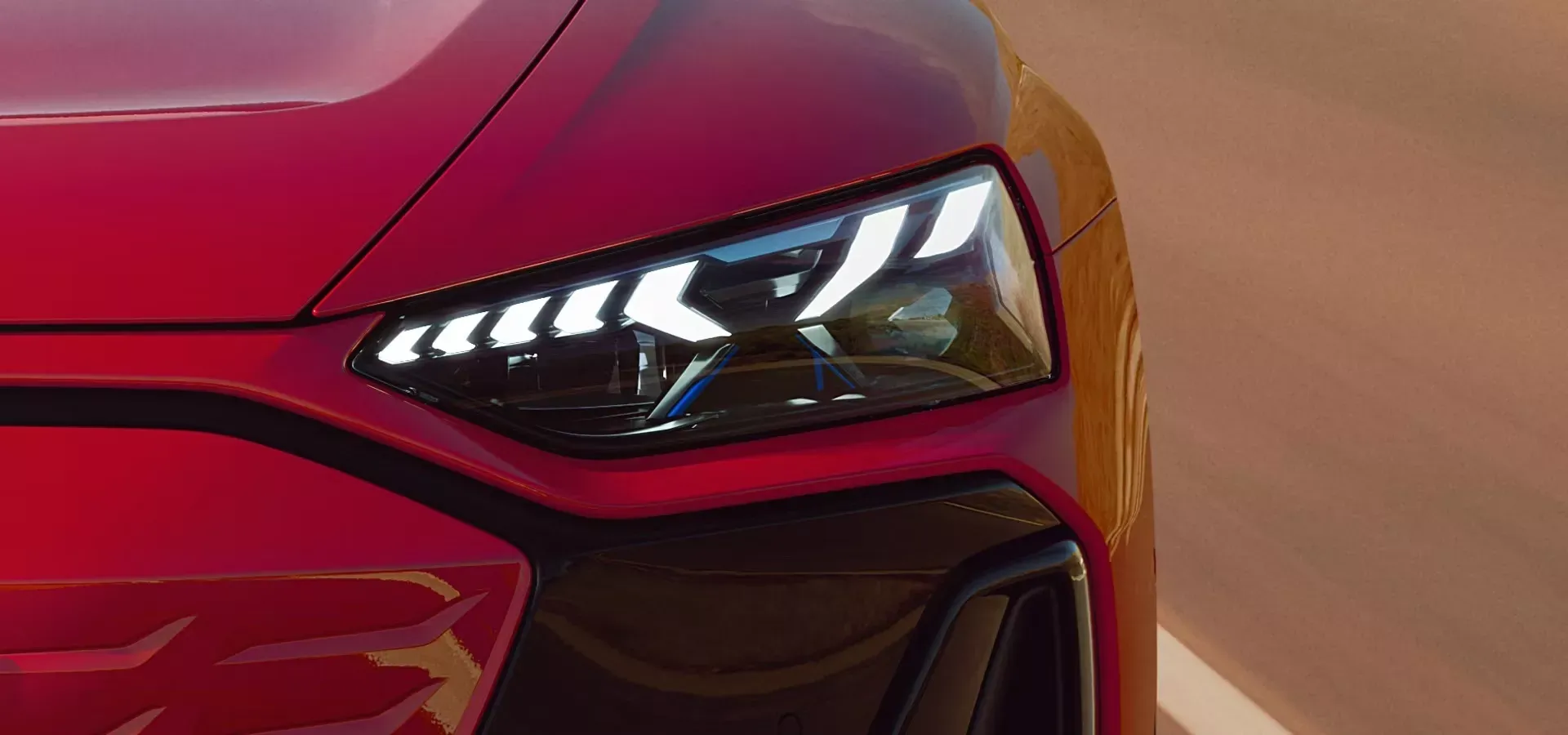
Quick comparison: LED, Matrix, Laser, OLED
- LED: best overall cost-benefit
- Matrix: premium control and safety
- Laser: extreme reach, high cost
- OLED: artistic, bright rear lights
What’s next: light as interface and “sensory” vehicle?
High-resolution headlights (DMD/micro-mirrors) projecting arrows, pedestrian warnings, and real-time safe zones. DRLs and taillights as a language of intent for autonomous vehicles. The more connected cars are, the greater the role of light in communication—not just illumination.
For consumers, the best purchase today is a well-designed LED or Matrix LED if you mainly drive at night on highways. Laser will remain niche until costs drop further. OLED will continue to dominate rear lighting with aesthetics and messaging. The golden rule for safety and your wallet: avoid makeshift retrofits and prioritize genuine, certified assemblies.
FAQ — Common questions
- Can I swap halogen for plug-and-play LED? Technically yes, but the beam pattern often becomes misaligned and causes glare. Always use housings/projectors designed for LED and approved for use.
- Does LED save fuel/electricity in EVs? The electrical load decreases. In combustion vehicles, the gain is minimal; in EVs, it translates into extra range — albeit modest.
- How much does it cost to replace a complete LED headlight? Ranges from approximately $300 to $2,000 per unit, depending on brand, animations, DRLs, and sensors integrated.
- Is matrix worth it? If you drive a lot at night, yes. The high “always on” with automatic cut-off improves safety without bothering others.
- Is laser the best? It reaches the furthest, but it’s costly and usually only as an auxiliary high beam. For daily driving, LED or Matrix LED is a better solution.
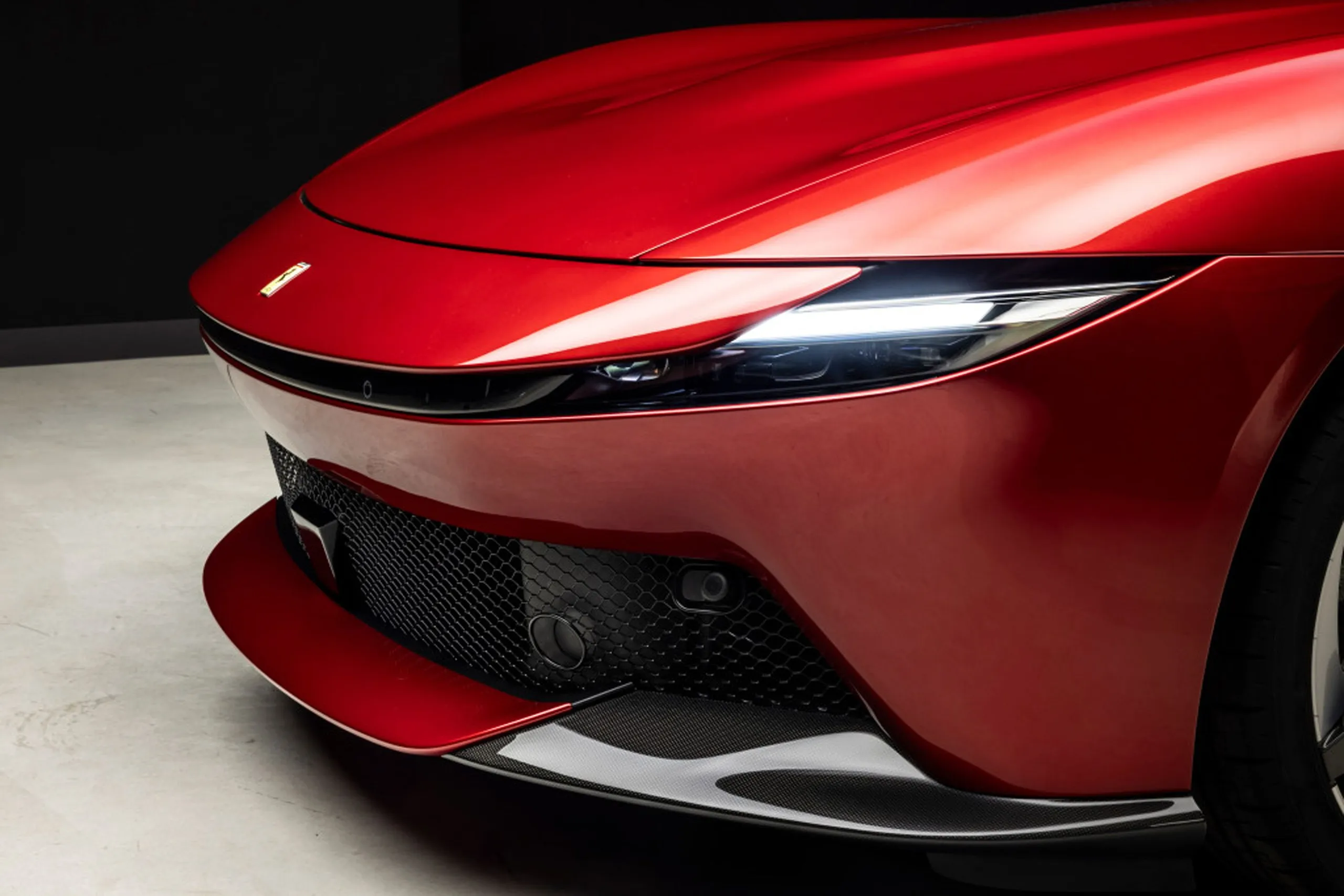
Buying checklist — Headlights for now
- Prefer factory-approved LED
- Avoid retrofit kits in halogen reflectors
- Matrix LED if you often drive at night
- Does your insurance cover the entire assembly? Check
- Keep the lens clean and properly aligned
Enjoyed the analysis? Leave your comment: do you prioritize Matrix LED, want Laser to “see beyond,” or think conventional LED already handles everything in your use case?
Author: Fabio Isidoro
Founder and editor-in-chief of Canal Carro, he dedicates himself to exploring the automotive universe with depth and passion. A car and technology enthusiast, he produces technical content and in-depth analyses of national and international vehicles, combining quality information with a critical eye for the public.




